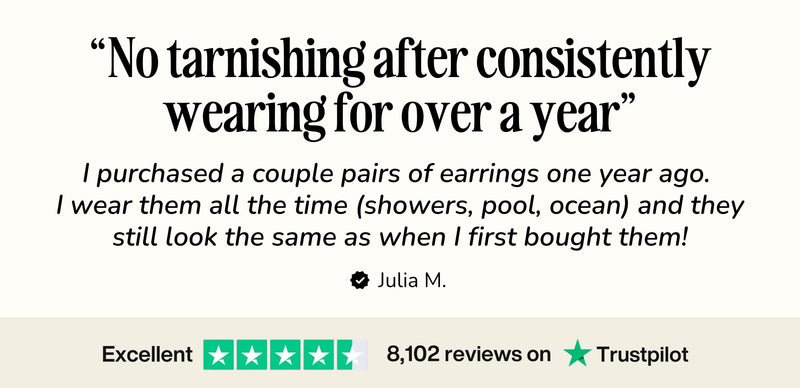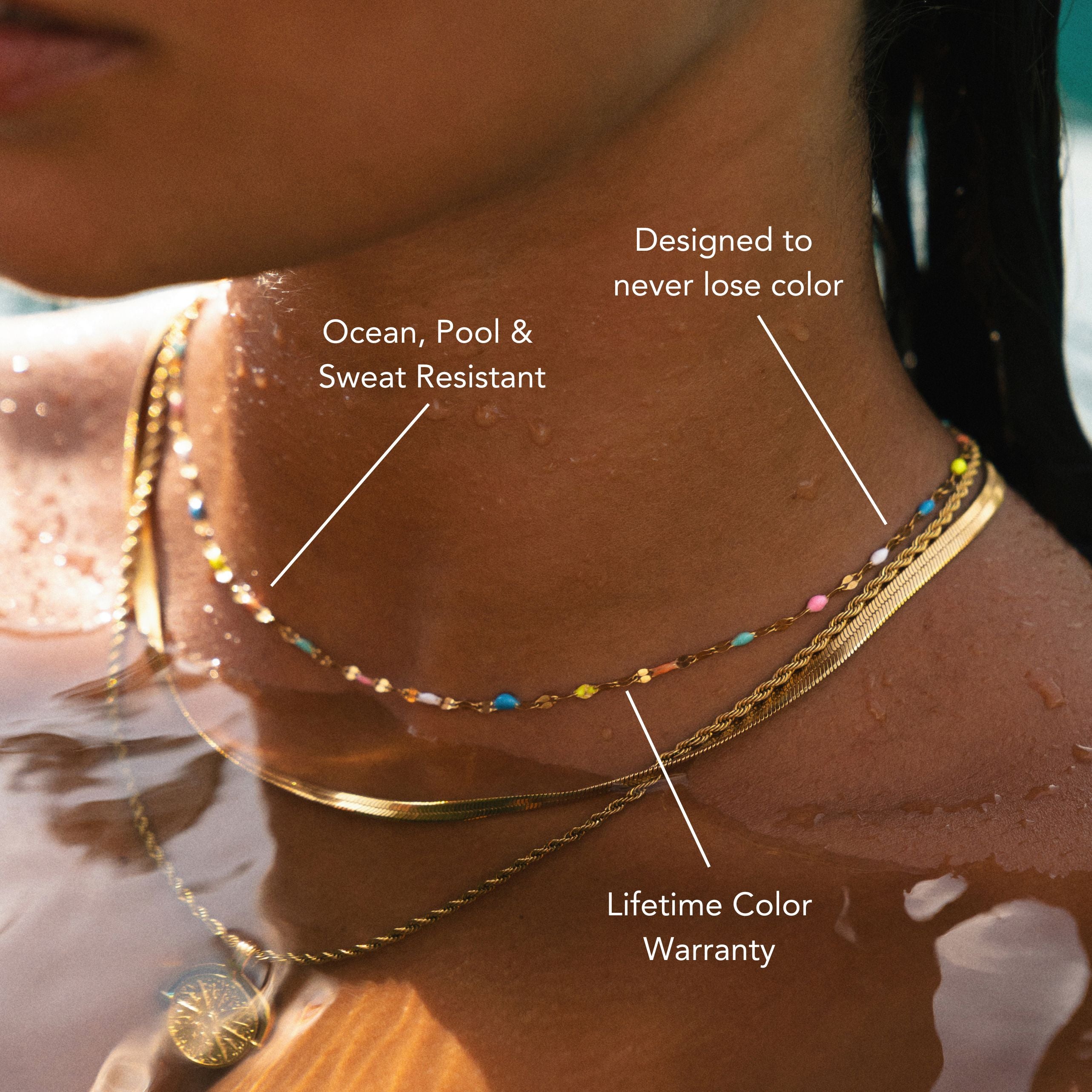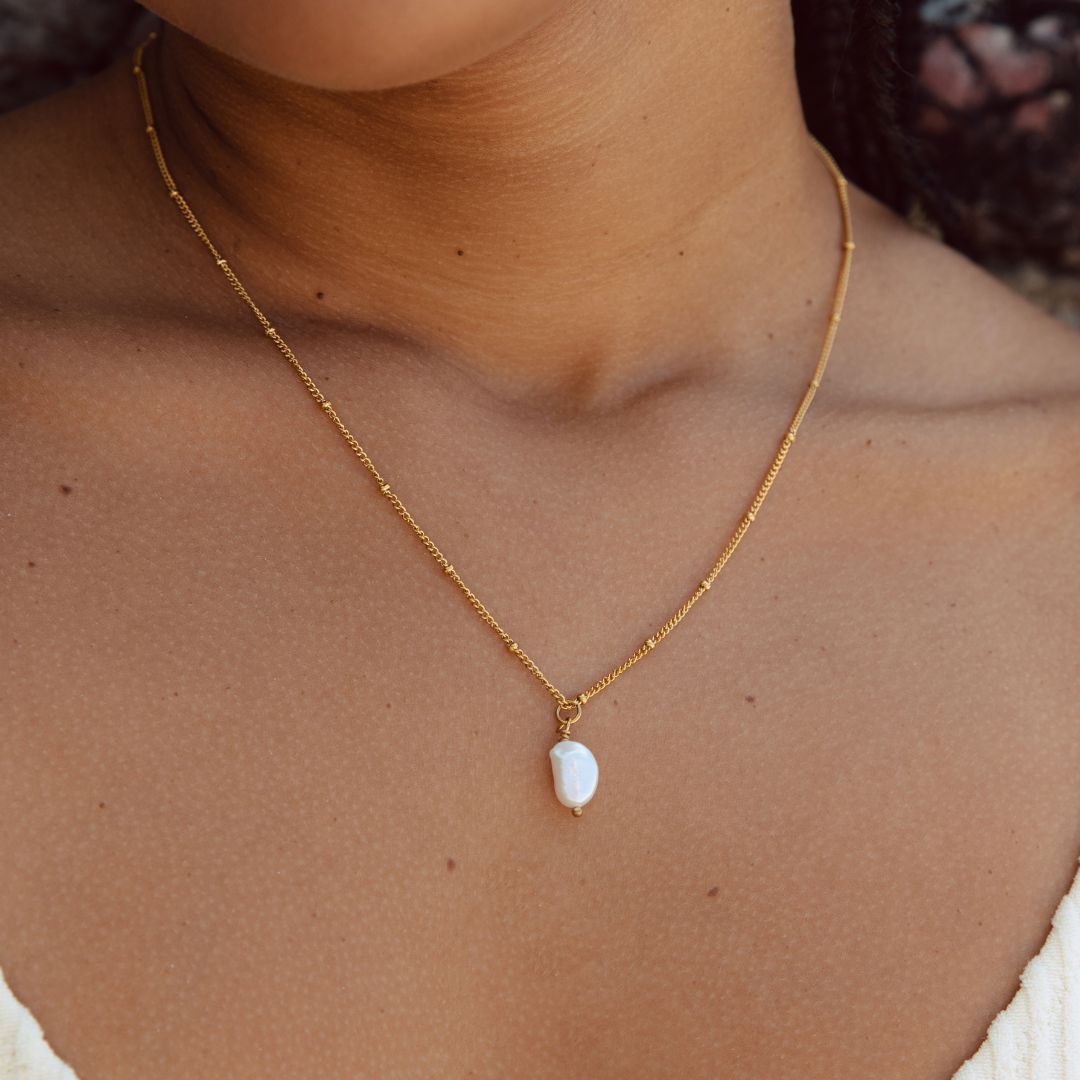15 Most Beautiful Coral Reefs in the World
The ocean's ecosystem is one of the most magnificent wonders of nature, and part of this ecosystem is the coral reefs around the world. Coral reefs are home to small fishes and are made up of living sea creatures; corals are actually marine invertebrates that look like plants but are actually animals.
There are many coral reefs scattered around the world, and each one has its unique and beautiful qualities.
15 Most Beautiful Coral Reefs in The World
Great Barrier Reef
Australia is home to the largest coral reef in the world, off the coast of Queensland, over an area of 344,400 square kilometres. UNESCO protects the great barrier reef as a world heritage site comprising more than 2,900 reef systems and brimming with 400 unique and beautiful types of coral.
Maldives
The beautiful tropical islands of Maldives are known for their vibrant and beautiful coral reefs. With over a thousand islands, the country's waters are full of coral reefs in every corner. However, after years of climate change and warming water temperatures, ninety percent of all shallow coral reefs have died off and have lost their beauty.
This story should be a good reason why we should protect the planet and see that climate change is making a huge impact on many ecosystems around the world, and we should be worried about what more dangers we could be facing.
The Grand Central Station and Chimneys
The small country of Fiji in the South Pacific lies one of the best diving spots in the world. The grand central station and chimneys are coral reef sites home to many unique marine species and soft coral, deeming it the soft coral capital of the world. The chimneys take their name from two large coral towers filled with soft corals.
Bonaire Reef
The crystal-clear waters of the Dutch Caribbean and the color combination of soft and hard corals are known as the ‘Diver’s paradise”. Bonaire Reef is part of the Bonaire National Marine Park, one of the oldest marine reserves in the world. Divers love this site as diving spots are easily accessible from the beaches of Klein Bonaire.
Apo Reef
The Philippines largest coral reef system is located on the waters of Occidental Mindoro. Stretching about 34 square kilometers, this is considered the second largest contiguous coral reef system globally. This reef sparkles with blue and pink corals and has rare shells like treasures, all for your eyes to feast. This reef is listed tentatively as a world heritage site by UNESCO.
Belize Barrier Reef
Home to more than 500 species of fish, 70 hard coral species, and 36 soft coral species, this already very diverse reef is said to have 10% researched, and there could be more out there that is yet to be discovered. Another UNESCO heritage site, this 300-kilometer-long reef, is the second-largest in the world.
Lord Howe Island
Australia does not have only one but two coral reef systems that are UNESCO world heritage sites. It is located northeast of Sydney and is the world's southernmost coral reef ecosystem. Whales, dolphins, and sharks live in these coral reef systems, and divers always get up close and personal with these big sea creatures.
Wakatobi Islands
The epicenter of biodiversity, the coral reefs of Indonesia have 80 percent of all corals and 942 species of fish. Another world heritage site, Indonesia, has a lot to take care of, and the huge diversity of their reef should be kept safe and thriving. Divers are also very welcome to explore this wonderful site with over 50 named diving sites to choose from.
The Great Chagos Archipelago
The untouched seas of the great Indian ocean lie the great Chagos archipelago reef. This reef is located 1,500 kilometres away from the southernmost tip of India. The coral reefs can be found in the largest atoll structure in the world, encompassing a great 12,642 square kilometers.
The pristine waters of the Great Chagos Archipelago are considered one of the cleanest waters of the world. Scientists and preservationists are hard at work to keep it that way.
Palancar Reef
Arrecifes de Cozumel National Park contains the Palancar coral reef located on the island of Cozumel, Mexico. Divers frequent this area as it is divided into different sections based on diving depths which can go as deep as 50 to 110feet full of coral formations.
Raja Ampat
Raja Ampat coral reef is found in West Papua. It is located in the centre of the coral triangle and is one of the most biodiverse places on the planet. Over 1,400 fish species and 75% of all coral species known to science can be found here. Sometimes nicknamed the species factory of the world, this reef is filled to the brim with different species making it a great destination to see some never-before-seen aquatic fauna.
Tubbataha Reef
The Tubbataha Reef Marine Park encompasses 96,828 hectares located right in the centre of the Sulu Sea of the Philippines. One Islet serves as a nesting site for birds and marine turtles, making it a one-of-a-kind example of an atoll reef with a high density of marine species.
Rainbow Reef
This is a reef found in the Somosomo Strait. It is between the Fijian islands of Vanua Levu and Taveuni. It is a well-known dive site in the South Pacific. Scuba diving is popular at the Great White Wall. It gets its name from the white corals that live in areas at depths ranging from 15 to 65 meters.
Red Sea Coral Reef
The Red Sea Coral Reef is located between two of the world's hottest and driest deserts: the Sahara and the Arabian. This 1,200-mile-long reef, which is over 5,000 years old. This coral reef is notable for its strength and adaptability. Despite rising sea temperatures faster than the global average, there have been no mass bleaching events in the northern Red Sea.
New Caledonia Barrier Reef
It is located in the South Pacific on the island of New Caledonia. It is the world's longest continuous barrier reef and the third-largest after the Great Barrier Reef of Australia and the Mesoamerican Barrier Reef. It is home to the third-largest population of endangered dugongs and an important nesting site for green sea turtles.
Conclusion
Coral reefs are more than just attractive dive spots but also home to healthy ecosystems of aquatic life. Unfortunately, coral reefs are hard to recreate or revive when they die off because of changes in the water since corals are very sensitive to temperature changes.
UNESCO is leading the charge to preserve these magnificent works of nature, but we are also responsible for helping keep the waters clean and our environment healthy. And if you’re fascinated over beautiful coral reefs, you may check our Atolea Jewelry for more coral reef and Sea creature jewelry.
By supporting us here at ATOLEA, you are joining us in our mission to contribute to the wellness and preservation of the Ocean and marine life. So check out our wide selections of beautiful Beach-inspired jewelry now and start wearing your accessories with meaning and cause!




















Leave a comment
This site is protected by hCaptcha and the hCaptcha Privacy Policy and Terms of Service apply.